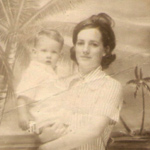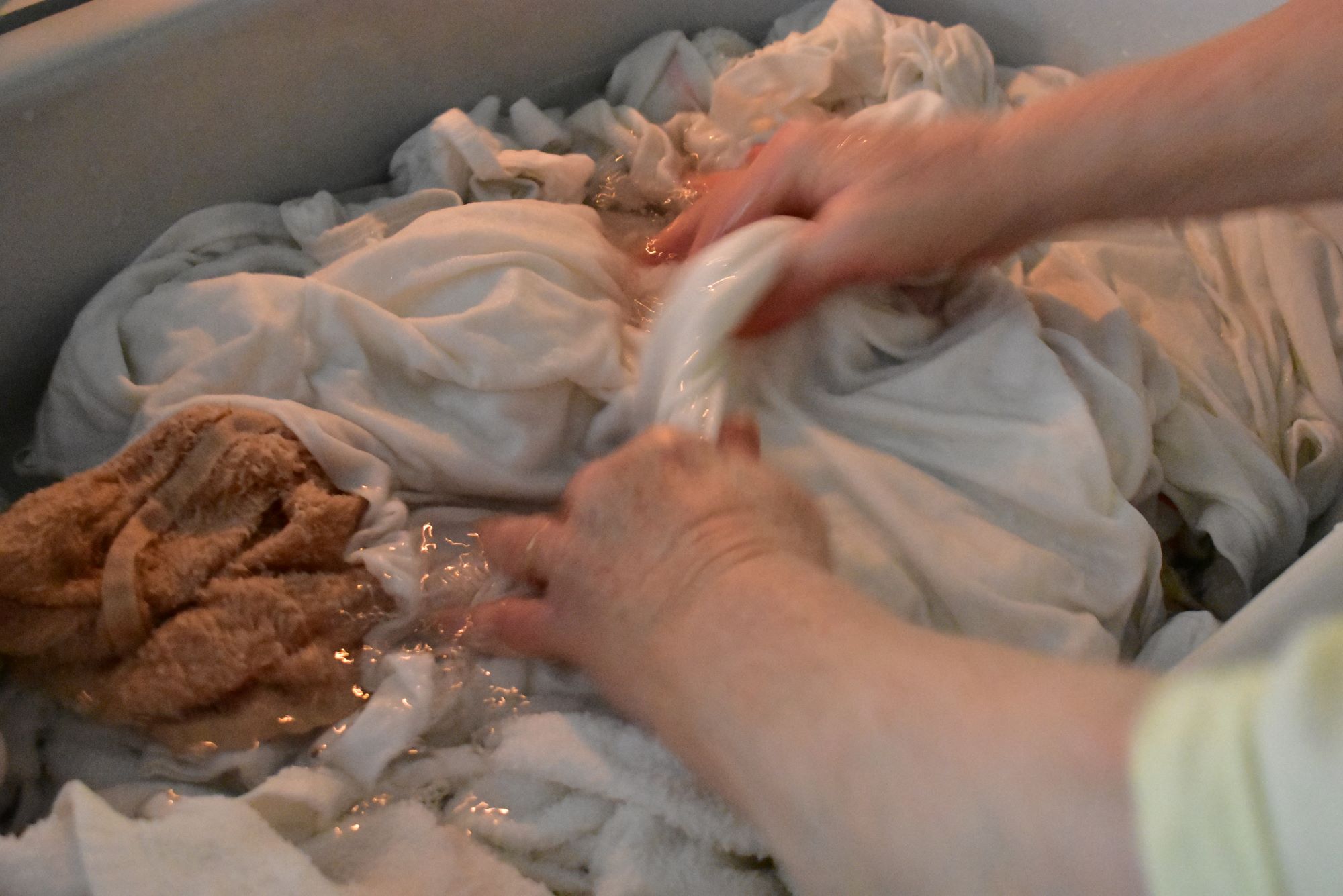
I want to say first that my post will get shorter, these are too long right now but so much information just like always when we start a new study year. They will become normal soon.
LAUNDRY TIME
It is time we start talking about the nitty gritty. Here are few things about laundry that some of you might not know. I didn't know until I got deep into research.
I will start by explaining laundry in the early 1900s.
Many of us have heard stories about the struggles and hard labor of doing laundry long ago, and it was very laborious. But there is another side about laundry other than the large cast iron pots over a fire and hours of laboring over laundry.
What I have learned through research is that the wealthy elite had live in servants and staff and are listed in the U.S. census with the family. They had a washer woman or laundress or their laundry was picked up, washed and returned. This not surprising to me. However when learning that many people of average income also had their laundry picked up, washed and returned.
Laundries were very common but not Washateries or Laundromats. The laundries had route people that would travel by horse or oxen and wagons and pick up laundry, it would be washed and rinsed at large laundries and returned to the family and the family would hang that laundry to dry and iron.
If you had the money, some places would damp dry so that it was ready to iron when it arrived and then someone in the family would do the ironing.
I have lived most of my life in the southeastern part of the United States and around many rural families that did their laundry the old way.
I read all through the very early 1900s about laundry, and Laundry strikes were happening continuously, Sometimes the laundry strikes became out of control with violence.
In the United States, in the year of 1916, 85 pounds of dirty laundry would be washed in soap and water and rinsed for $0.60 cents and each additional 5 pounds would be $0.10 cents.
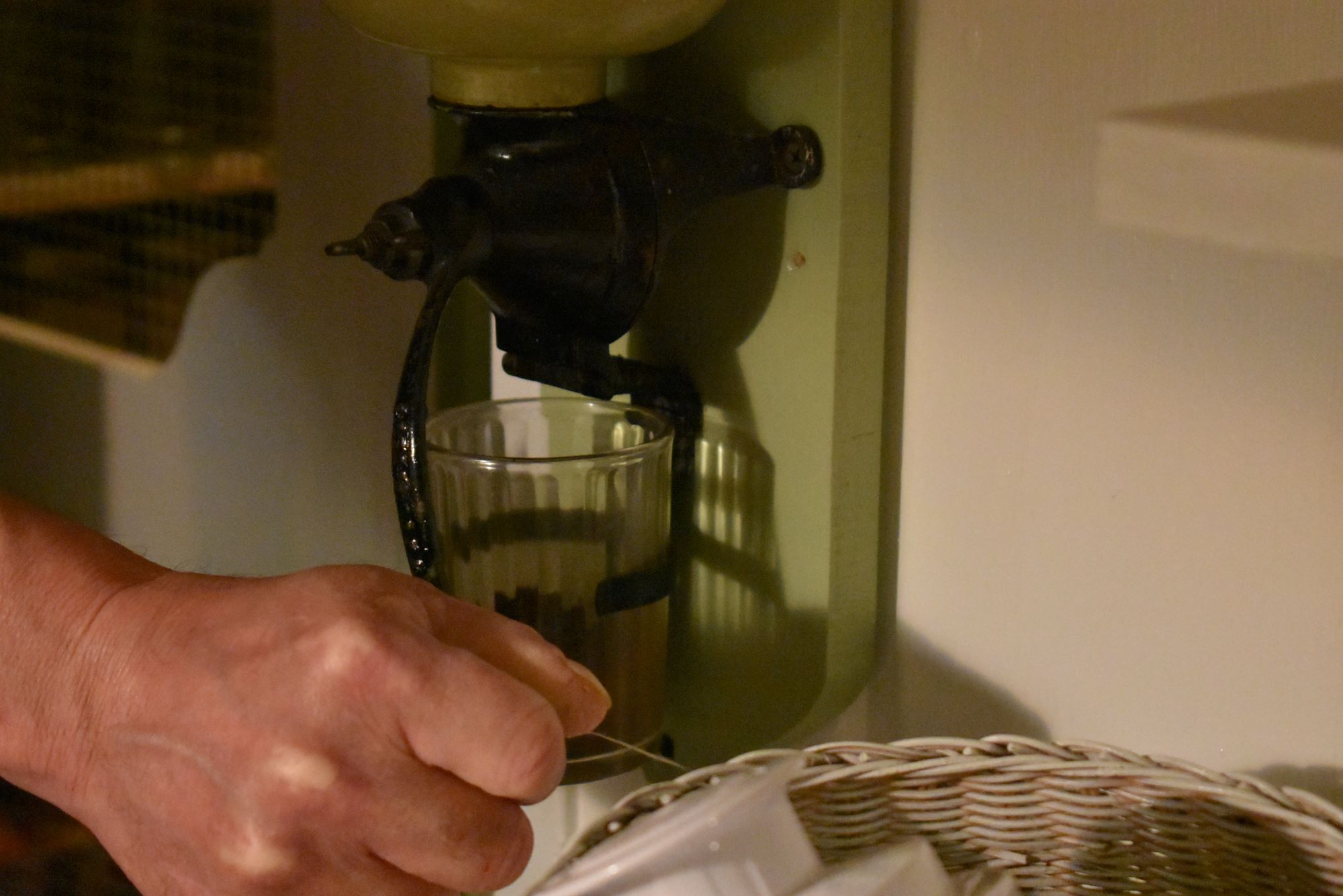
So now we move forward with the study and run into world war 1, and the flu pandemic times and during this time some families washed at home, some had a laundress to do the washing and many sent the laundry out for pick up and delivery. The laundry strikes were still going on during this time as well.
We arrive to the 1920's and many of average income sent their laundry out for wet washing which was, the laundry articles were washed in soapy water, rinsed well, wrung out and returned for the family to hang on the clothesline.
All during this time some people at home still had laundry boilers, they were still being sold and there were hand crank washers and a few motor run washers being advertised. It was a mix of different methods to wash laundry and the 1920s was a very confusing time because new electric services were being installed, new electric appliances, (the very early ones that is), cars and horse and wagons on the roads at the same time.
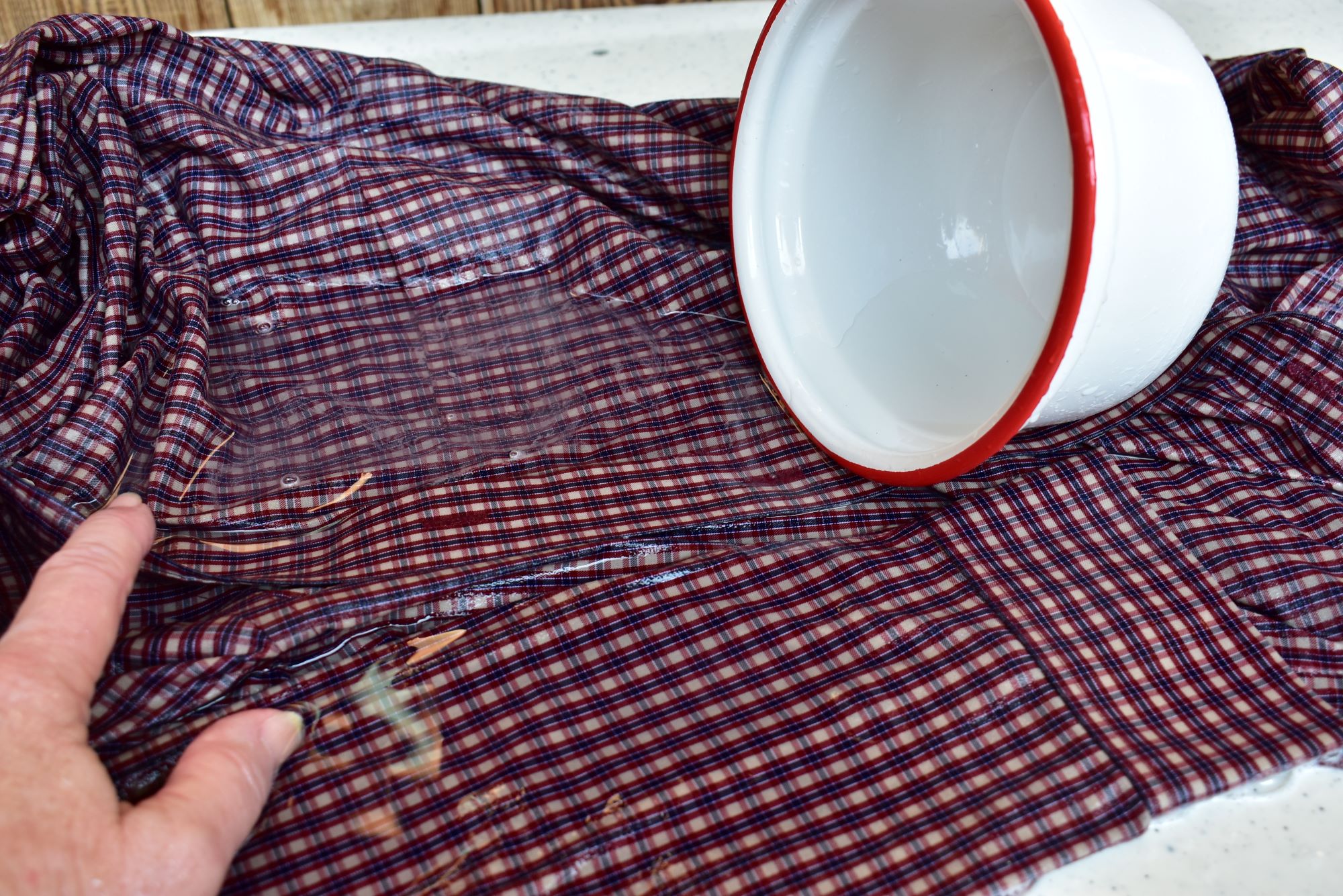
There were electric washers before 1920 but not common to have one. They were being advertised and very encouraging to get people to purchase and electric washer. During the 1920s some people were spending more freely and buying the expensive electric washing machines and even going into debt to get one. Not a lot of thought was given about the cost to run the electric washer when electricity was so expensive.
Now that more electric washers were being advertised in the late 1920s, advertising became more aggressive and laundries would advertise and list the cost of doing laundry at home by giving examples of how expensive soap and water and bluing and all the things they used to do home laundry and of course the advertisers brought up the back breaking work.
MANY people used a wash service around the country during this time and depending where one lived it would be a laundry route worker on wagon or a modern truck that came to pick up the laundry to be washed and returned.
By the time 1930s arrived, the stock market had just crashed in late 1929, many things were concerning and a whole lot of people were using a laundry service to wash their laundry and did not own a washer of any kind. Laundry average was $0.05 cents a pound of laundry. This price was common all over the United States with the exception of a few states were higher.
However, life was much different in rural areas and small towns and at this time most people hand washed laundry like their generations before them did.
When people started being concerned of lack of money due to job loses more and more people were not able to pay for a laundry service. The laundries started advertising specials, that if you set your days of service to Thursday, Friday or Saturday it would cost less, sometimes as low as $0.03 cents a pound.
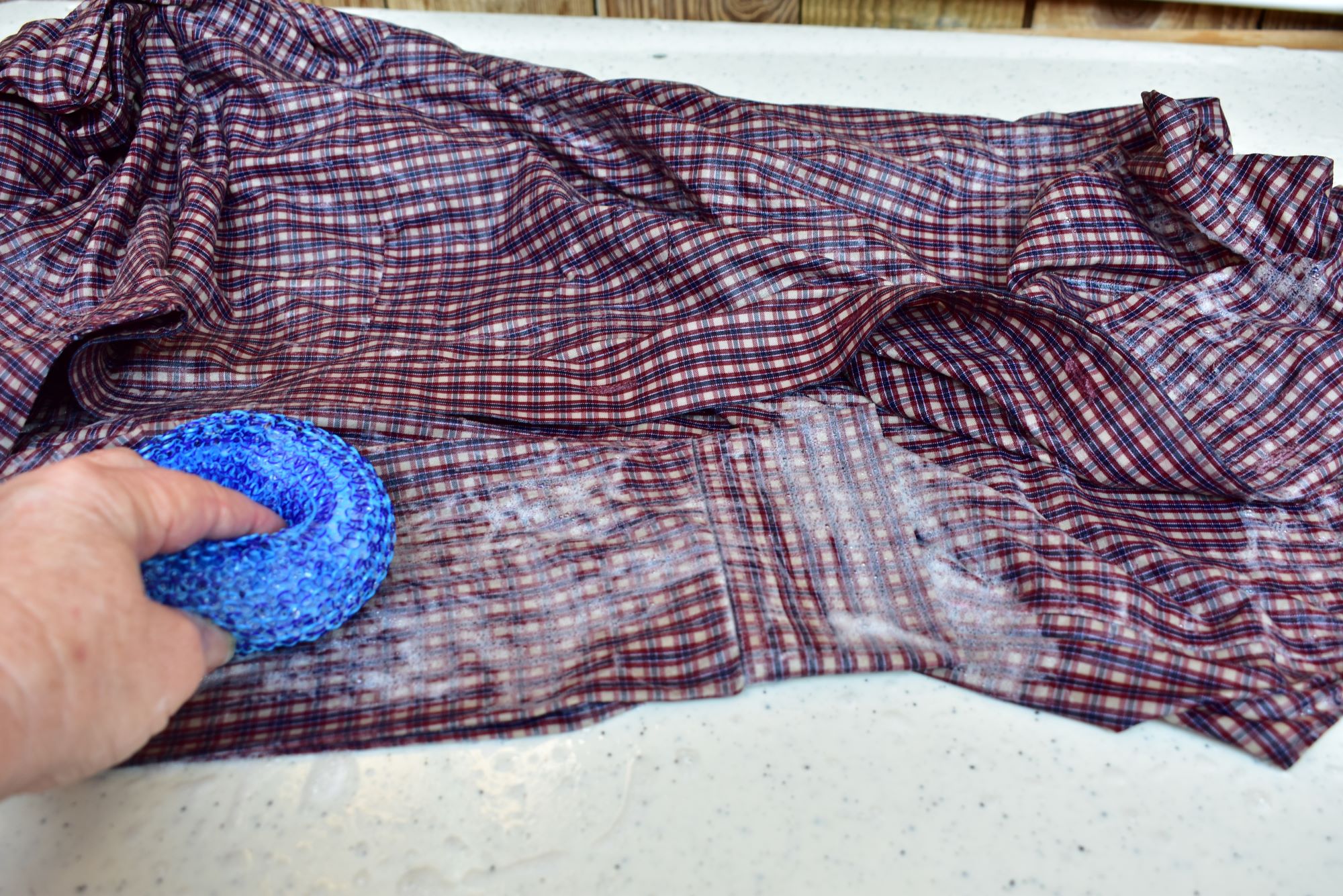
I flat wash Charles shirts. I first soak them, then I put it on a flat surface ( I do this outside) I wet it, then I soap it and scrub it and then rinse well, wring it out and put it on the clothesline.
There was a laundry in our town that did family laundry in the early 1930s. As far as I can tell the average cost was $0.05 cents a pound. This fluctuated in the 1930s for many areas, it would drop to $0.04 cents to try and keep their customers. Some places would charge less if you dropped it off and picked it up.
In the "late" thirties a few washaterias were getting started, spreading faster in the late 1940s though than the 1930's. But what did a washaterier look like?
I talked with Madge to ask what was her earliest memory of going to a washateria. She said, "I would go with Mama and there was this large building and there were rows with three washing machines per row that had a roller on top. And when we got there we went over and got two wash tubs to set beside the washer and we would wash and use the roller to squeeze out the water and it would drop in the other side in some clear water and then we would run that through the roller and let it drop into another tub of water to rinse. Then we would bring it home to hang on the line.
She said, "we did not like to go on busy day". I asked how many washing machines there were and she couldn't remember but guessed at first six but maybe 9 or 10. It was a heavy job and you would have to dress to protect your feet from getting wet.
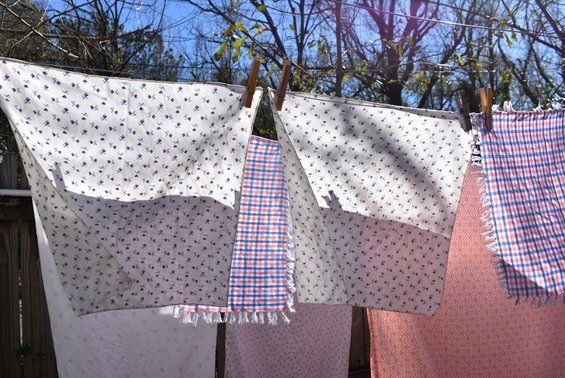
So here we all are, we land ourselves in the great depression! Our study scenario is, Money is tight, either we never bought a washer because they were too expensive or we still do not have electricity, or we have had laundry service, or we have always hand washed our laundry. Each one of us have our own story.
In the early 1930s, laundries started suffering because their business was slowing down due to the depression. The regular price of laundry for wet wash was $0.05 cents a pound of dirty laundry, starching and having it ready for ironing was another penny or two depending where one lived but the average across the United States was $0.05 cents a pound of laundry with a minimum of $0.45 to $0.75 cents worth of laundry.
So in our new history study we need to figure out how much money we have in our budget and if we will be sending out our laundry or washing it at home on our electric washer or hand cranked washer. Here in this real time we do not have a place to send our laundry out to be washed. We either use our electric washer or hand wash. If we use our electric washer we need to use it minimally and count the expense of using it. Soap, electricity, softener if we use that, etc. If we hand wash there is no electricity used only to heat water and if we use wood then the cost of wood.
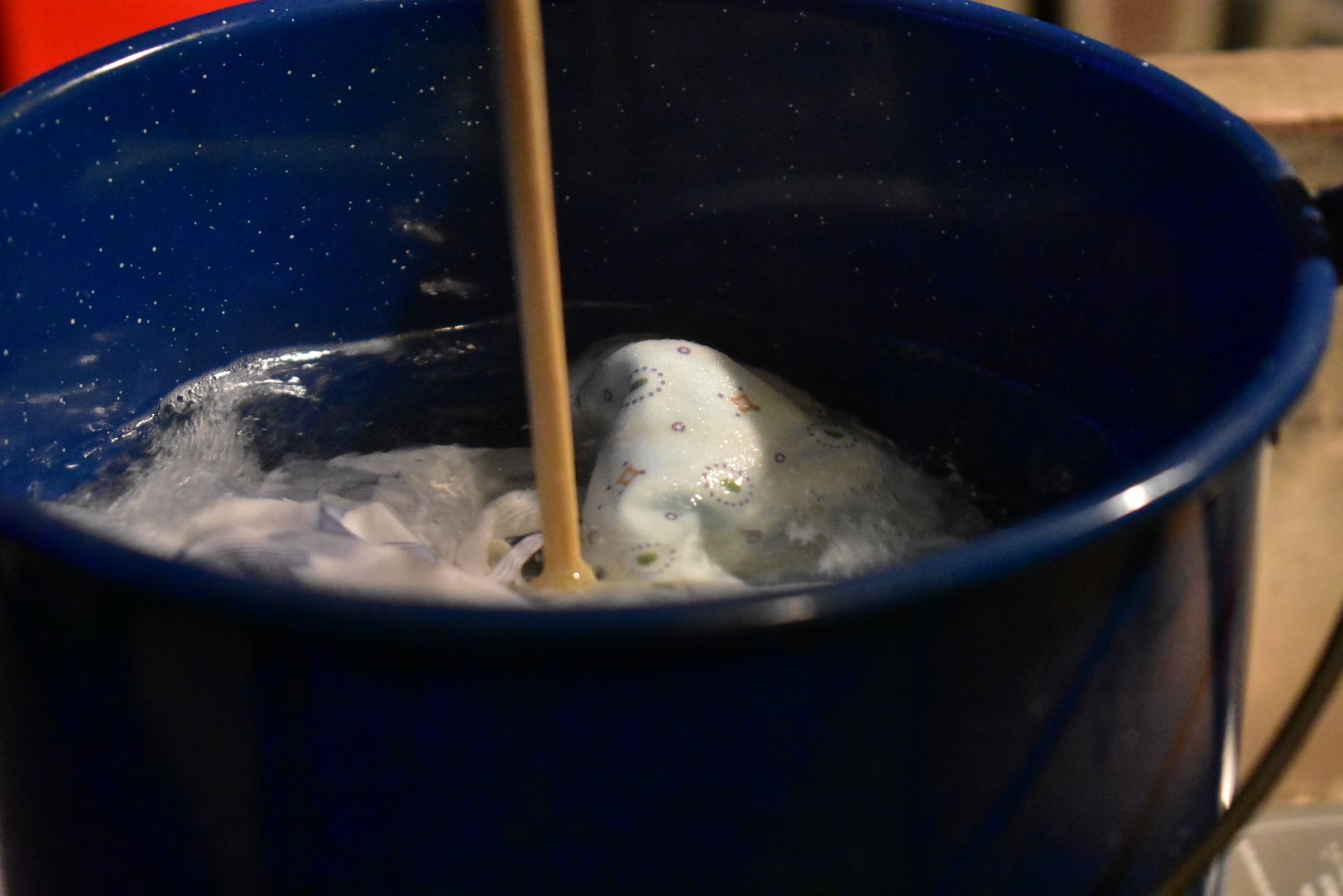
So I went back to the website Vintage dancer to look at the clothing items people would have in the 1930s. (I will link vintage dancer to the correct page and put it below).
Charles and I went through our clothing and packed away many of our clothes and picked out what we would wear this year, close to the amount suggested on the vintage dancer for 1930s. However we did not condense as much as they did. It does not mention winter and summer clothes so I grouped mine.
People wore their clothing longer and hung it up at the end of the day and wore it again, many of us can admit that we over wash clothing. I hope this is going to reduce our washing and ironing because that would be a good thing.
In 1932 there is a list of a weeks wash for a family and it was laundered at the laundry service for $1.27 and they had 18 pounds of laundry.
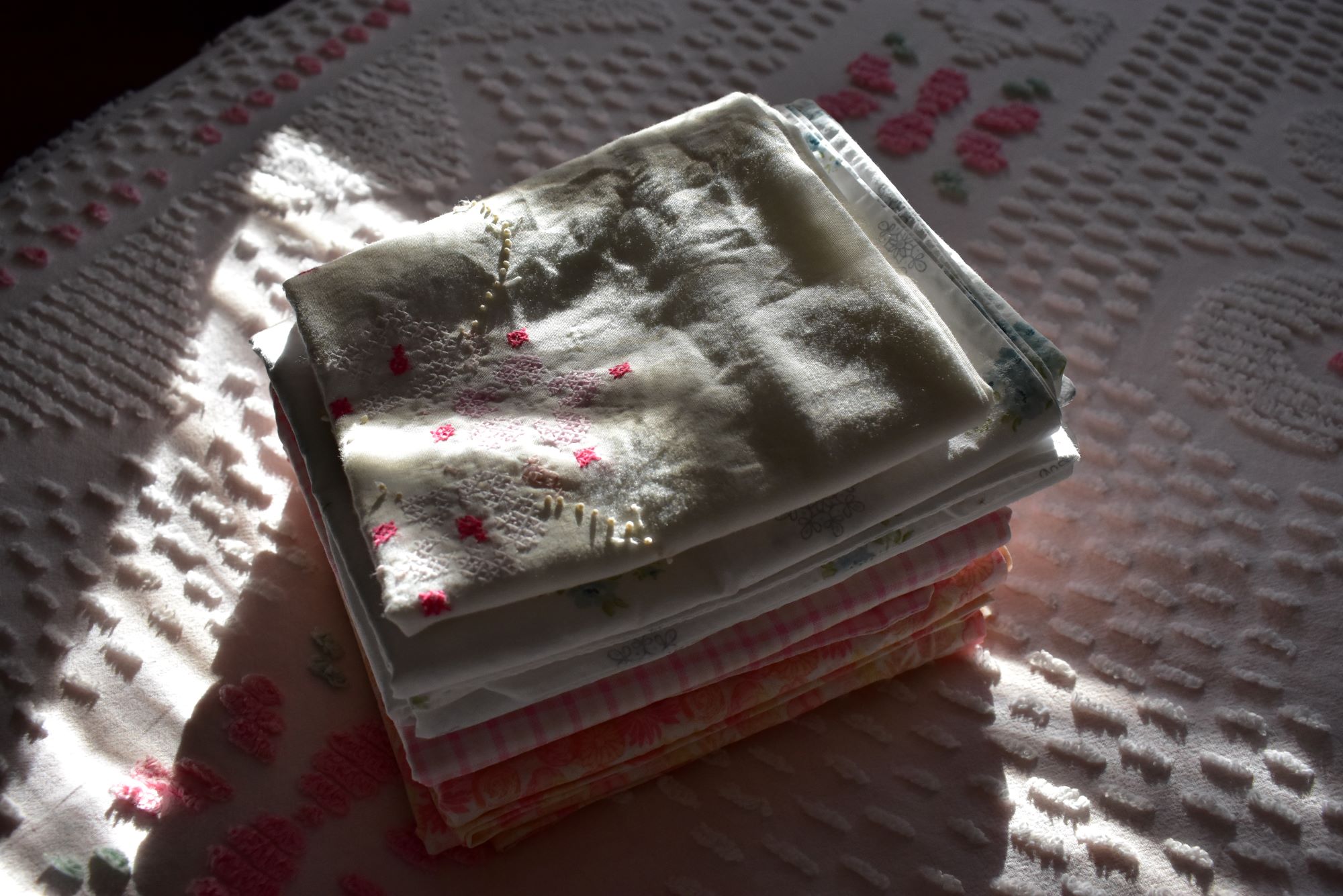
1 curtain, 3 plain shirts, 3 child's drawers, 1 child's comb, (either this is a shoulder throw or means combination) 3 child's dresses, 4 undershirts, 3 cotton drawers, 2 smocks, 1 apron, 2 sheets, 3 pillow cases, 3 washcloths, 3 child's pajamas, 3 child's suits, 3 vests, 1 pot holder, 1 pajama comb, 1 laundry bag, 3 napkins, 7 bath towels, 4 & 1/2 pound rug, 7 towels.
It says each piece carefully washed. All flat pieces, including handkerchiefs, were ironed and ready for use. And all wearing apparel was returned just damp enough for easy ironing.
Then there was something in this same ad that said something that make me really pay attention and think. It said "It's a case of spending your regular washday allowance a different way". Firs think I thought, I do not have a wash allowance, but I will now. Think of the other things we may not be giving an allowance. If we watch our pennies, we can make a huge difference in our budgets this year. This study is the Great Depression era and if we are going to make it through unscathed then we will have to watch everything.
If we watch our pennies, we can make a huge difference in our budgets this year. This study is the great depression and if we are going to make it through unscathed then we will have to watch everything!
We do not have to have everything ready for this study, we will be going slow, steady and purposeful. Unless you want to go full force. lol We will be learning step by step. We are starting with laundry.
The plan I have for Charles and I, in our household (so far and subject to change) is, I plan to hand wash all small things and use the machine for sheets and towels etc. I will use the machine wisely, water level and time I need for the wash.
Note* I will weigh all of my laundry and at the end of the study I am curious of how many pounds of laundry was washed. I hope you that are doing the study will too. This study can be a read along or parts of the study or all of the study.
"The new forum is for all of you", not just those doing the study, the forum is my blog forum for everything. A way we can all communicate with each other.
It will be helpful for those that are doing the study and just like the comment section we just had a way to read what others say and give your thoughts too. I plan to balance the posts like I did last year and there will be diary readings for those that enjoy the diaries, a regular post and posts directly about the history study. I am the same Grandma Donna, we just happen to be trying to live like the early 1930s.
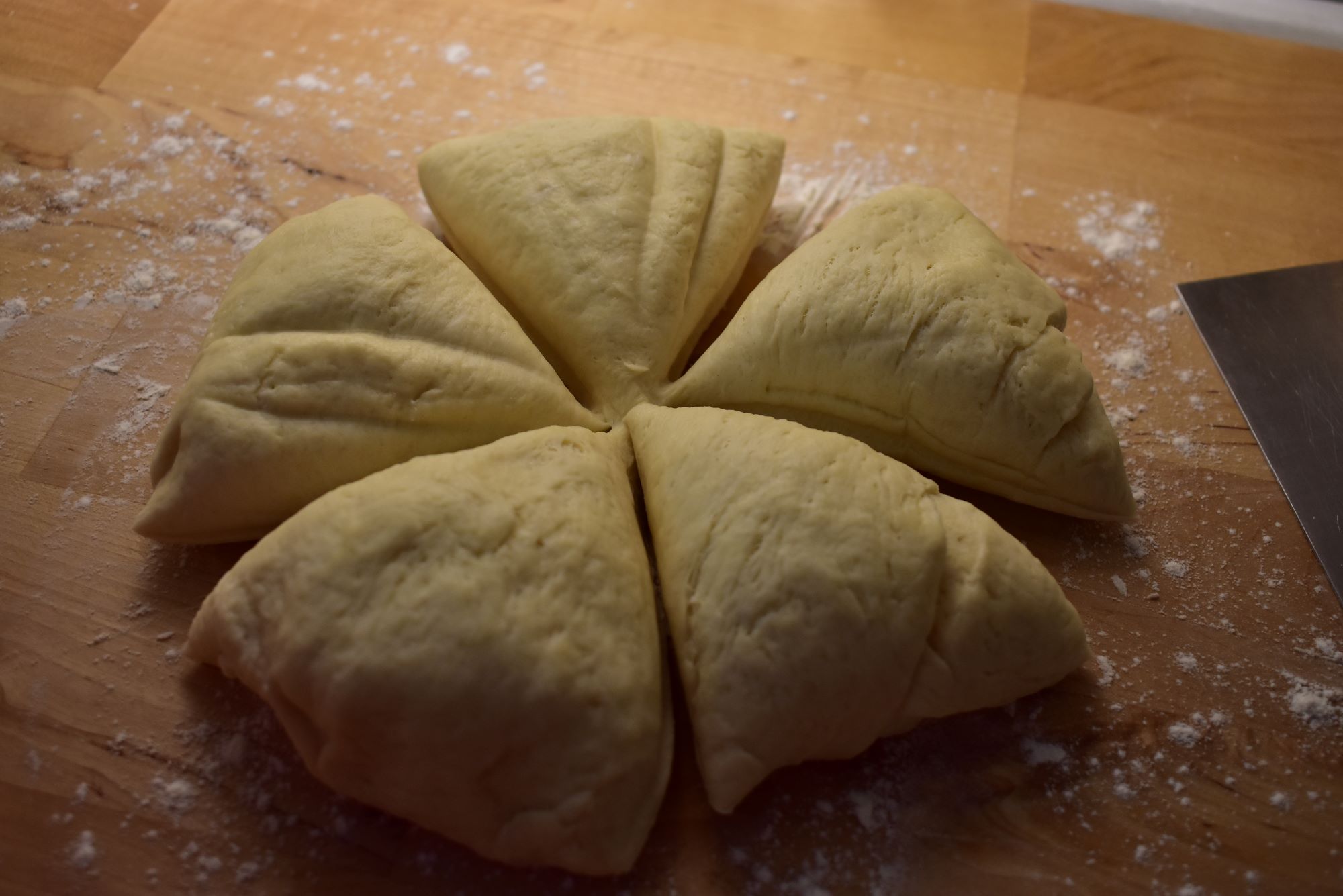
The forum does have a image area that you can post a picture if you want to. We may possibly have a few kinks, maybe not but could I guess and if you see something please email me from my contact section. Or you can still email me just because.
One more thing important. I will be starting over with the diary of Sarah. When I tried to do a study of the 1930s a couple of years ago, the C. Virus hit that year and I couldn't keep up and stopped typing diaries and basically just ended the study.
Sarah's diary is a very interesting 1932 diary. Charles and I have discussed the idea about trying, at least for a spell to bake what Sarah bakes and do some of the things Sarah does in the Diary.
Let me know if you are interested on following Sarah's diary for baking and cooking, cleaning etc. We do not know everything she cooked but we also do know a lot of what she cooked. If there is interest in this, I can post a week or two ahead so we can have what we need in the house to make bread, or Kuche, popcorn balls or popcorn, doughnuts, Chicken, pie or cake. She has quite a good routine at home so there are other things we can do. The problem with the diaries this year is we will be two days off because when the diary is being written she is on Friday and we are on Sunday here in the United States and then that will be different for you that are across the waters. Maybe we can figure all of that out as we go.
I think for weighing laundry I will use a five gallon bucket and get the weight of that bucket by stepping on the scale without the bucket and then stepping on the scale with the bucket and then writing that down how much the bucket weighs. Then I can set the bucket on the scale with the laundry and subtract the weight of the bucket, unless something else works.
Get out your notepads, pencils and let's get started. New Years Day is almost here! Grandma Donna
If you want to clear out your closet and drawers for the study here is a link to get an idea of what it looks like. This is not all they had but common.
After you click, scroll down until you see 1930s.
